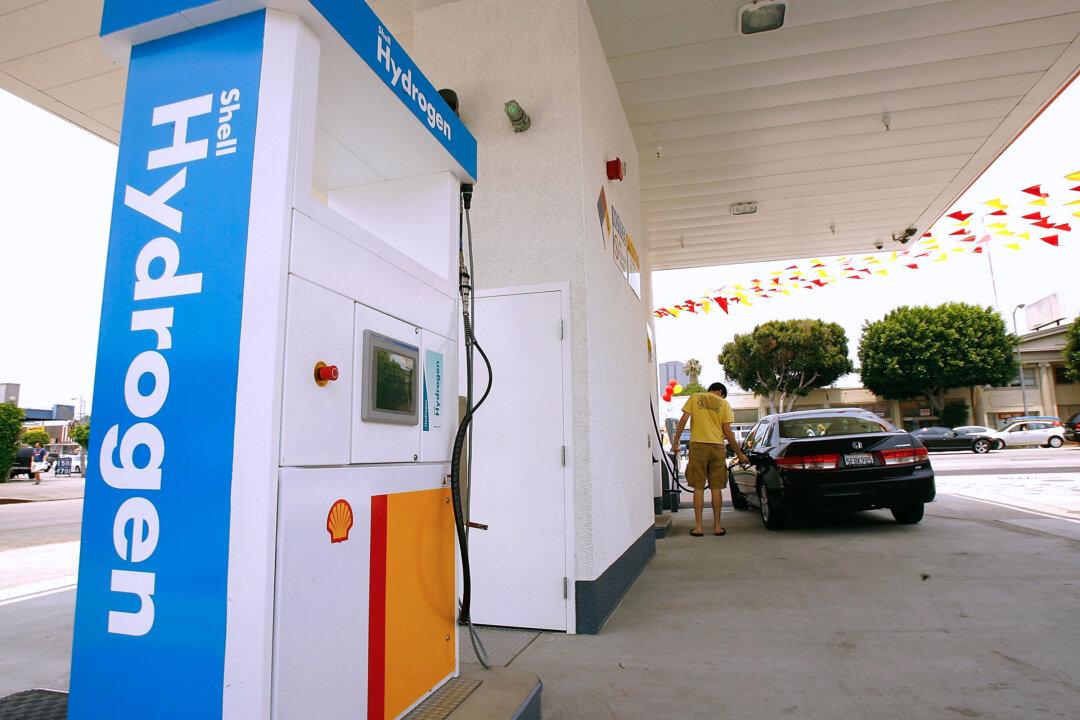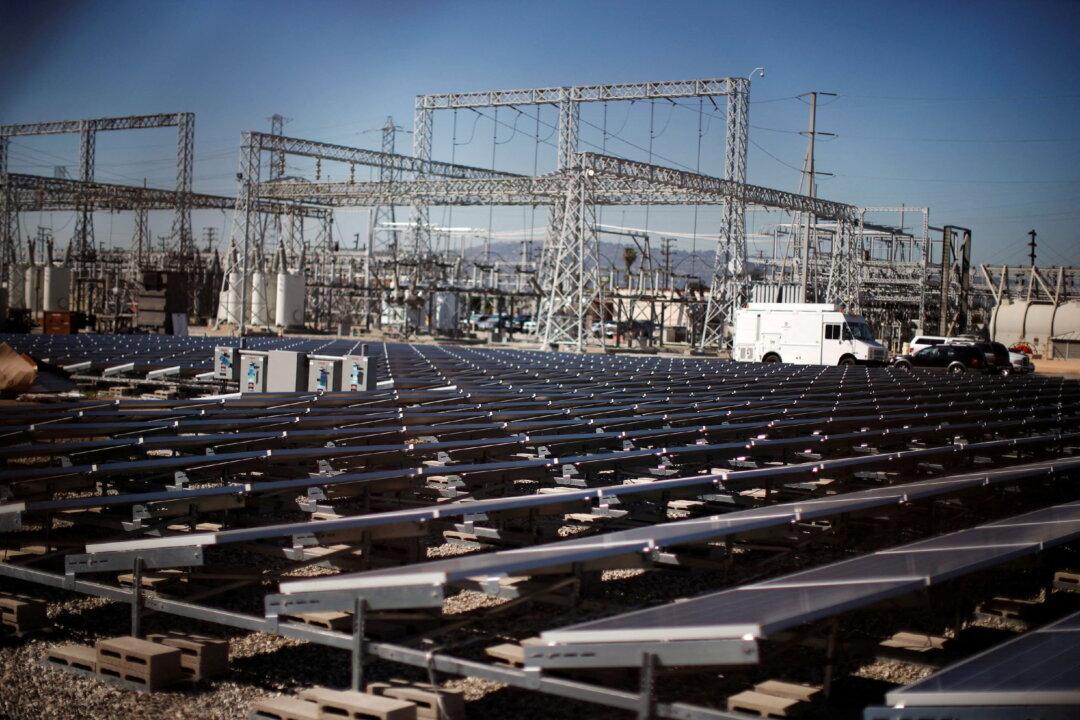Commentary
Back around 2019 when I was then-State Sen. John Moorlach’s press secretary, a guy from Toyota came over driving its Mirai hydrogen-powered car. It was impressive. We looked under the hood at its high-tech engine. The senator drove with the Toyota guy riding shotgun, and me in the back. Nice ride. Now and then I see a Mirai tooling around.





